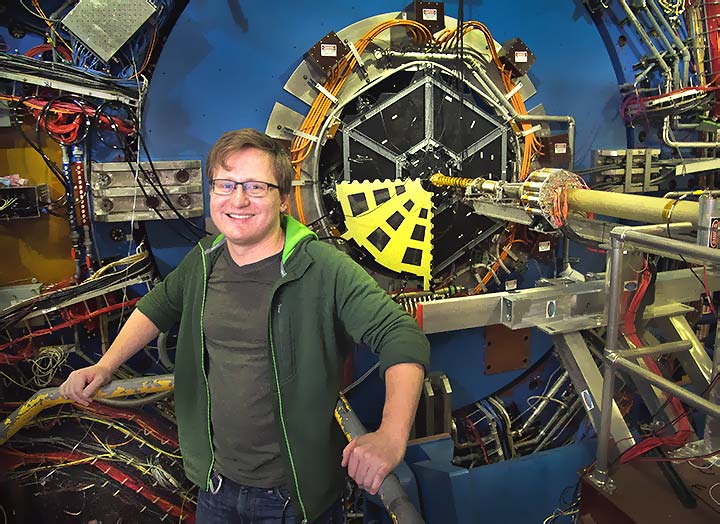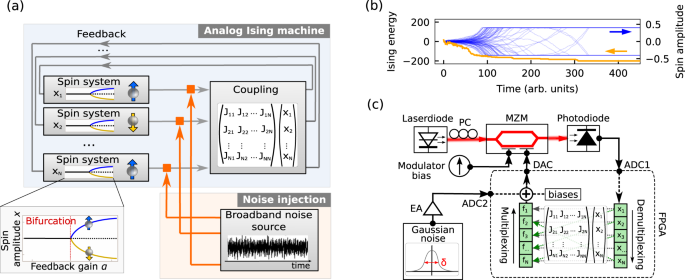Not sure but afaik Brookhaven holds the record for the highest temperature ever achieved, something like 7 trillion degrees
But the Large Hadron Collider regularly achieves 5 trillion degrees, and there, they just visualized entanglement between quarks.

 home.web.cern.ch
home.web.cern.ch

 www.symmetrymagazine.org
www.symmetrymagazine.org
So it is not at all true that entanglement disappears at a fixed temperature. One of the interesting things about it though, is it behaves differently in different phases of matter. Part of it is because the interactions with the outside world are constrained, for example in crystals.
It is particularly educational to study entanglement in magnetic systems. These include the 5 known types of magnetism, as well as interaction with external magnetic fields. Magnetic systems have phases just like matter does, and one of the interesting phases for entanglement is called Quantum Spin Liquid.
 en.wikipedia.org
en.wikipedia.org
In a quantum spin liquid the entanglement prevents the alignment of spins, prohibiting ordered patterns even at zero temperature.
Quantum Spin Liquids were first theorized in 1973 but experimentally they're only 3 years old.

The reason this becomes interesting is quantum spin liquids are theoretically possible with quarks at 5 trillion degrees F.
The conditions for initiation, transfer, and dissolution of entanglement are slowly being discovered. One of the interesting aspects is that dissipation always takes place in open systems. We are beginning to understand why.
 arxiv.org
arxiv.org
"Quark liquids" can be generated in high energy accelerators. They carry "color fields" that create spin vortices.

 www.bnl.gov
www.bnl.gov
The entanglements in these vortices are associated with fractional excitation states.
Another interesting tidbit is that spin behavior is directly related to neural networks via "quantum topological field theory" which describes the transfer matrices in Ising structures.

 www.mdpi.com
www.mdpi.com
Ising structures become "adaptive" spin liquids when the non local entanglements achieve some measure of stability (that is to say, when the coupling becomes more robust than the dissipation, a situation which has already been extensively studied in non equilibrium thermodynamics).
This is probably how the vortices and color fields acquire "shape"(s).
Further reading:
But the Large Hadron Collider regularly achieves 5 trillion degrees, and there, they just visualized entanglement between quarks.

LHC experiments at CERN observe quantum entanglement at the highest energy yet
Quantum entanglement is a fascinating feature of quantum physics – the theory of the very small. If two particles are quantum-entangled, the state of one particle is tied to that of the other, no matter how far apart the particles are. This mind-bending phenomenon, which has no analogue in...

Explain it in 60 Seconds: Quantum entanglement
The CMS and ATLAS experiments recently detected quantum entanglement between top quarks in high-energy collisions at the LHC. What does that mean?
So it is not at all true that entanglement disappears at a fixed temperature. One of the interesting things about it though, is it behaves differently in different phases of matter. Part of it is because the interactions with the outside world are constrained, for example in crystals.
It is particularly educational to study entanglement in magnetic systems. These include the 5 known types of magnetism, as well as interaction with external magnetic fields. Magnetic systems have phases just like matter does, and one of the interesting phases for entanglement is called Quantum Spin Liquid.
Quantum spin liquid - Wikipedia
In a quantum spin liquid the entanglement prevents the alignment of spins, prohibiting ordered patterns even at zero temperature.
Quantum Spin Liquids were first theorized in 1973 but experimentally they're only 3 years old.
Never-before-seen state of matter: Quantum spin liquids
Physicists said they have finally experimentally documented quantum spin liquids, a long sought-after exotic state of matter. The work marks a big step toward being able to produce this elusive state on demand and to gain a novel understanding of its mysterious nature.
www.sciencedaily.com
The reason this becomes interesting is quantum spin liquids are theoretically possible with quarks at 5 trillion degrees F.
The conditions for initiation, transfer, and dissolution of entanglement are slowly being discovered. One of the interesting aspects is that dissipation always takes place in open systems. We are beginning to understand why.
Fate of entanglement in magnetism under Lindbladian or non-Markovian dynamics and conditions for their transition to Landau-Lifshitz-Gilbert classical dynamics
It is commonly assumed in spintronics and magnonics that localized spins within antiferromagnets are in the Néel ground state (GS), as well as that such state evolves, when pushed out of equilibrium by current or external fields, according to the Landau-Lifshitz-Gilbert (LLG) equation viewing...
"Quark liquids" can be generated in high energy accelerators. They carry "color fields" that create spin vortices.

'Perfect Liquid' Quark-Gluon Plasma is the Most Vortical Fluid
Swirling soup of matter's fundamental building blocks spins ten billion trillion times faster than the most powerful tornado, setting new record for "vorticity"
The entanglements in these vortices are associated with fractional excitation states.
Another interesting tidbit is that spin behavior is directly related to neural networks via "quantum topological field theory" which describes the transfer matrices in Ising structures.

Topological Quantum Statistical Mechanics and Topological Quantum Field Theories
The Ising model describes a many-body interacting spin (or particle) system, which can be utilized to imitate the fundamental forces of nature. Although it is the simplest many-body interacting system of spins (or particles) with Z2 symmetry, the phenomena revealed in Ising systems may afford us...
Ising structures become "adaptive" spin liquids when the non local entanglements achieve some measure of stability (that is to say, when the coupling becomes more robust than the dissipation, a situation which has already been extensively studied in non equilibrium thermodynamics).
This is probably how the vortices and color fields acquire "shape"(s).
Further reading:

